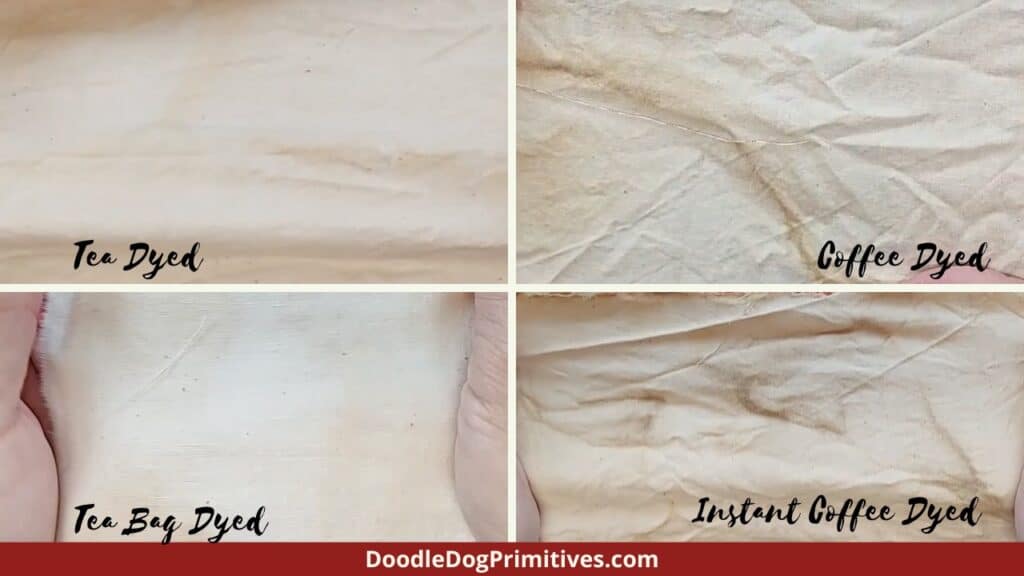Not known Details About All 4 Way Stretch Fabrics
Not known Details About All 4 Way Stretch Fabrics
Blog Article
Getting The All 4 Way Stretch Fabrics To Work
Table of ContentsAll 4 Way Stretch Fabrics for BeginnersSome Of All 4 Way Stretch FabricsThe Only Guide for All 4 Way Stretch FabricsThe 45-Second Trick For All 4 Way Stretch FabricsTop Guidelines Of All 4 Way Stretch Fabrics
You can discover more regarding grain and grainline of textile below. The material weight is reliant on lots of factors like the weave, fiber kind, and so on and is typically represented by GSM. GSM can vary from 60 -700; 700 being the GSM of really high-grade woolen fabric. A denim fabric has a GSM of 400, depending upon the weave.One thing you have to maintain in mind is that greater fabric weight does not denote higher textile top quality. It simply is an indicator of the suitability of the material for a specific project. You can not choose high textile weight material denim for a lightweight floating stole. Understanding the fabric weight works when contrasting the very same sort of materials, but also this will depend on its application.
Have a look at the checklist of the 70+ different textile surfaces and treatments. In short, the most important standards to search for in the textile you get are as follows. The number of strings per inch of fabric (yarns-per-inch). Higher the string count greater the variety of threads woven per inch, and the greater the high quality.
In top quality textile, this equilibrium (either in numbers or in dimension) will always be preserved. Procedures used on material to enhance look and efficiency.
The Of All 4 Way Stretch Fabrics
A two-ply yarn is exceptional to a single-ply yarn.

If you are preparing yourself to start a new sewing job, choosing a textile will be the most vital step when you determine what you intend to make. After you've gone to all the difficulty and cost of buying the sewing machine you enjoy, a pattern you love, and a textile you love, you want the ended up item to be a success? One way to complete that is to begin by seeing to it your textile is truly right for the project.
For instance, if you're making a patchwork, you'll instantly desire to make use of quilter's weight cotton for best outcomes (https://papaly.com/categories/share?id=b9a62791db2e4fb6aa71e1d7433e76a7). But suppose you want to make a product of garments? Just how do you recognize which textile will provide you the most effective outcome? Selecting a textile merely due to the fact that you love the print or style on it isn't necessarily the very best technique.
In order to prevent doing a whole job for virtually absolutely nothing, we've put together some suggestions to help you make a decision which fabric is appropriate for your job. Let's say you currently have a job in mind; just how do you discover the appropriate textile for it?
All 4 Way Stretch Fabrics Things To Know Before You Get This
Think of the attributes you desire the finished product to have. If garments, will it be fitted or loosened? Dressy or day-to-day? For warm weather or cold? Do you want a strong shade or a print? If you are making a non-wearable thing such as a cushion cover or potholder, utilize a strong textile such as canvas.
There is so much information around regarding materials, their characteristics, and their uses, it might reach be frustrating! Don't try to take it in all at once; just begin with the task at hand. Find out all you can about the textile you make use of for this set task.
Include little swatches for referral. You will certainly have your own little library of details to search when you start each brand-new project.
If you're beginning with a pattern that you recognize you desire to make, most of the moment the pattern will certainly tell you which kind of textile will work best for that patternor a minimum of provide you guidelines. The guidelines are there for a factor; pay interest to them! You can make your own choice and do your own thing, but you might end up needing to redo it if it doesn't go so well.
All 4 Way Stretch Fabrics - The Facts
If you're a sewing newbie, begin with cotton, such as you would certainly locate in the quilting location of a material shop. Cotton is without a doubt one of the most flexible and most convenient textile to work with, and almost anything can be made with cotton. Make certain to wash it first, since it does diminish.
Select an item of clothes to make, or a craft projectjust stay clear of points that need to be stretchy next (knits) or upholstery-type tasks (heavy, durable materials). Besides woven cotton, textiles that are easy to take care of are flannel, non-flimsy woven silks, and wool or woollen blends. Prevent anything with a snooze, such as velour or phony fur, and avoid slippery or large textiles.
You will be pleased of the completed job instead of aggravated with time and materials squandered. We can aid you learn brand-new strategies or influence you to get started, guiding you via any kind of job you 'd like to finish.
Consist of little swatches for reference. You will certainly have your own little collection of info to browse when you begin each new task.
Not known Details About All 4 Way Stretch Fabrics

If you're a sewing beginner, begin with cotton, such as you would find in the quilting location of a material shop (sportswear fabric). Cotton is by much the most functional and simplest textile to work with, and nearly anything can be made with cotton. Be certain to wash it first, since it does diminish
Pick a product of clothing to make, or a craft projectjust stay clear of things that require to be stretchy (knits) or upholstery-type jobs (heavy, durable materials). Besides woven cotton, fabrics that are simple to handle are flannel, non-flimsy woven silks, and woollen or woollen blends. Avoid anything with a nap, such as velour or fake fur, and avoid slippery or large fabrics.

Report this page